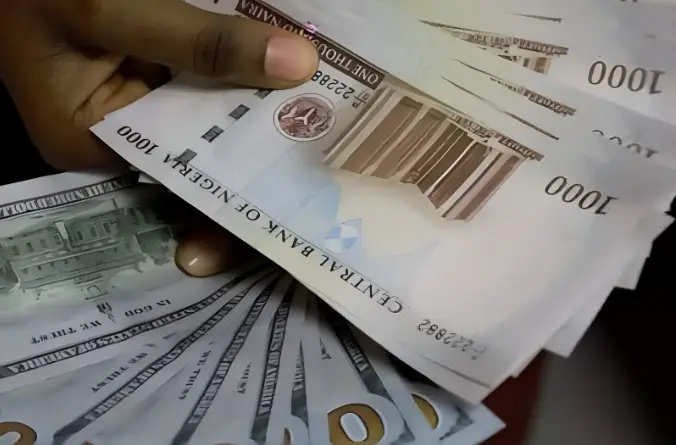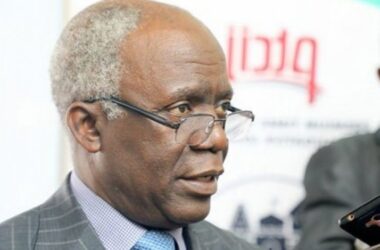The Nigerian Naira saw a slight appreciation in the parallel market yesterday, closing at N1,715 per dollar. This marked an improvement from last weekend’s rate of N1,725 per dollar. However, this positive movement in the parallel market came in contrast to the performance of the Naira in the official Nigerian Autonomous Foreign Exchange Market (NAFEM), where the currency faced a depreciation.
According to data provided by FMDQ, a major platform for monitoring Nigeria’s financial market activities, the exchange rate in the NAFEM dropped from N1,600.78 per dollar last Friday to N1,603.16 per dollar on Monday. This translates to a depreciation of N2.38, underscoring the ongoing volatility of the Naira in the official market.
The volume of foreign currency traded in the official market, however, saw a notable increase. The turnover grew by 2.4%, with $359.22 million being traded yesterday, compared to the $350.72 million traded over the previous weekend. This uptick in market activity suggests a growing demand for foreign currency despite the depreciation of the Naira in the official exchange.
The contrasting movements in the parallel and official markets are significant because they highlight the complexities of Nigeria’s foreign exchange environment. The parallel market, often referred to as the black market, operates outside the control of the Central Bank of Nigeria (CBN). In this market, exchange rates are driven largely by supply and demand dynamics, while the official market operates within stricter regulatory frameworks.
A notable outcome from these changes is the narrowing of the gap between the two markets. As of yesterday, the margin between the parallel market rate (N1,715 per dollar) and the NAFEM rate (N1,603.16 per dollar) decreased to N111.84 per dollar. This is a significant improvement from the previous week’s margin of N124.22 per dollar. The narrowing gap may signal a gradual alignment of rates, although it remains to be seen how this trend will evolve in the coming weeks.
For months, the Naira has faced intense pressure on both fronts, as Nigeria grapples with various economic challenges, including inflation and fluctuating oil prices. The demand for foreign currency, particularly the U.S. dollar, continues to outstrip supply, resulting in frequent volatility in the Naira’s value.










